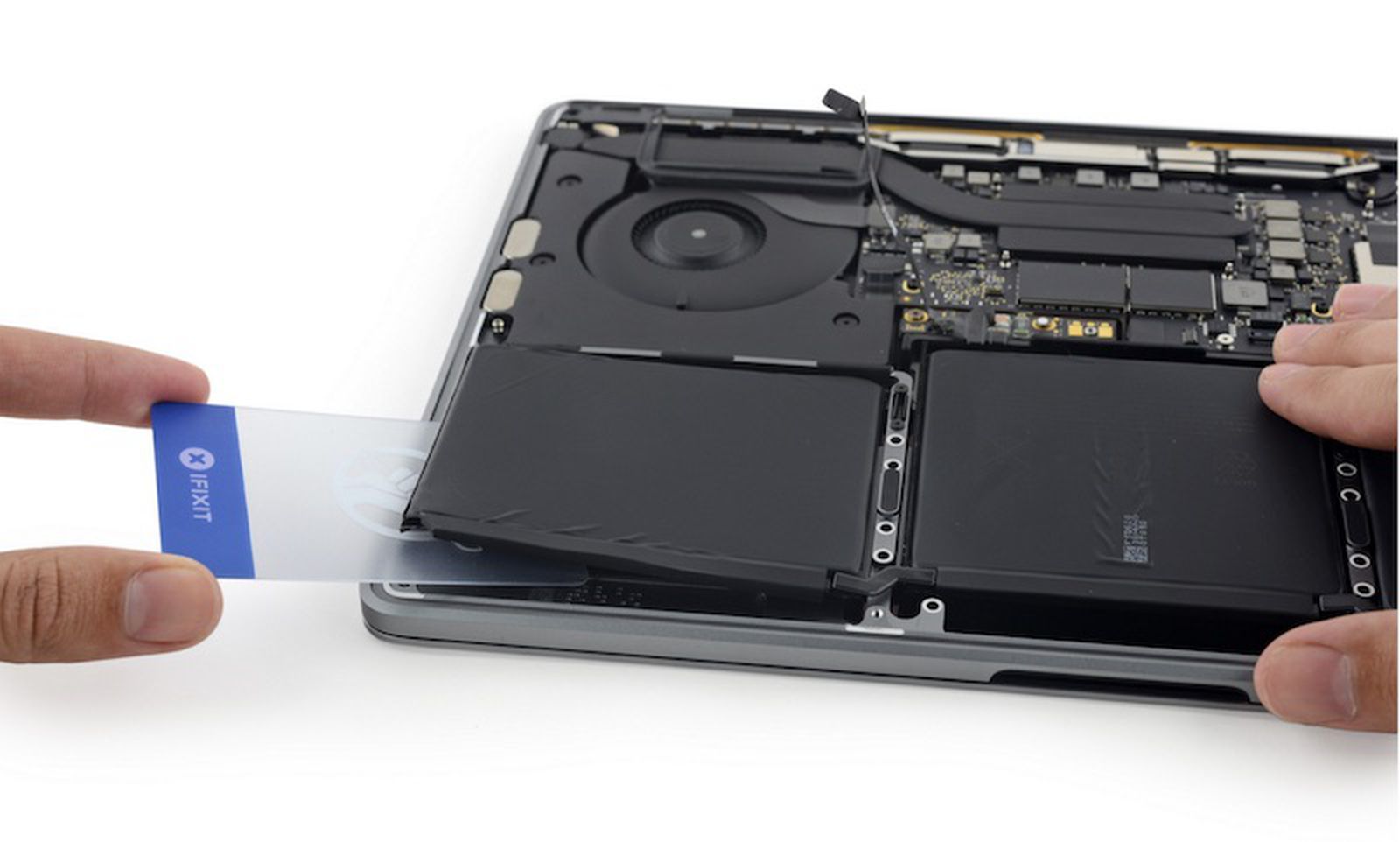

Looking carefully at the new MacBook Air you'll notice a tiny Intel chip near the Thunderbolt port: In all existing Thunderbolt Macs, the controller is very close to the Thunderbolt port. It's far more likely that the Thunderbolt controller is simply elsewhere on the motherboard. I didn't measure the two but they do look awfully similar. It looks unchanged from the square 6-series chipset die we saw back at CES earlier this year: The second problem with the assumption has to do with the QS67 die itself.

While it's possible that Apple could request a special chipset from Intel, Apple would have to pay for the added design, manufacturing and validation costs or commit to huge volume numbers in order to make the effort worthwhile for Intel. First off, Intel has already announced that Thunderbolt wouldn't even be integrated in Ivy Bridge chipsets next year. Unfortunately there are a couple of things wrong with this assumption. IFixit assumed that the QS67 chipset integrated Intel's Thunderbolt controller. In fact, there are only two flip-chip parts on the motherboard - the Core i5 and the QS67 chipset.ġ3-inch MacBook Air (Mid 2011) Motherboard, QS67 (left), Intel Core i5 (right) - Courtesy iFixit
#Macbook air 11 inch 2011 ifixit mac
If you look at iFixit's teardown of the new 13-inch MacBook Air you'll notice the absence of the traditional flip-chip Thunderbolt controller from the MacBook Pro, iMac and Mac mini. Both the new Mac mini and the MacBook Air now support Thunderbolt as well, although the Air's implementation is slightly different.
#Macbook air 11 inch 2011 ifixit pro
We first met Thunderbolt on the 2011 MacBook Pro and saw it again on the iMac. The other major change to the new MacBook Air is support for Intel's new Thunderbolt interface.


 0 kommentar(er)
0 kommentar(er)
